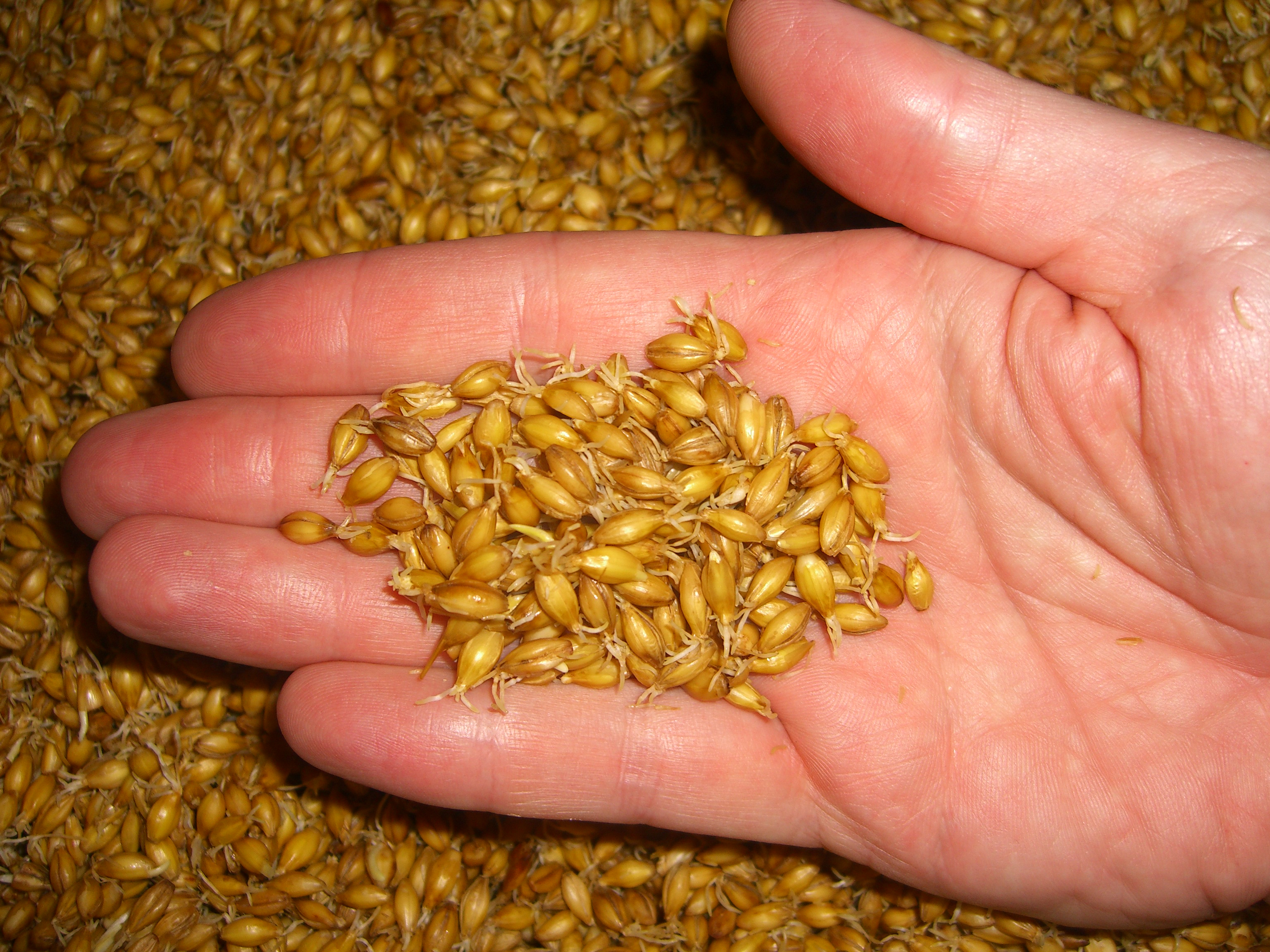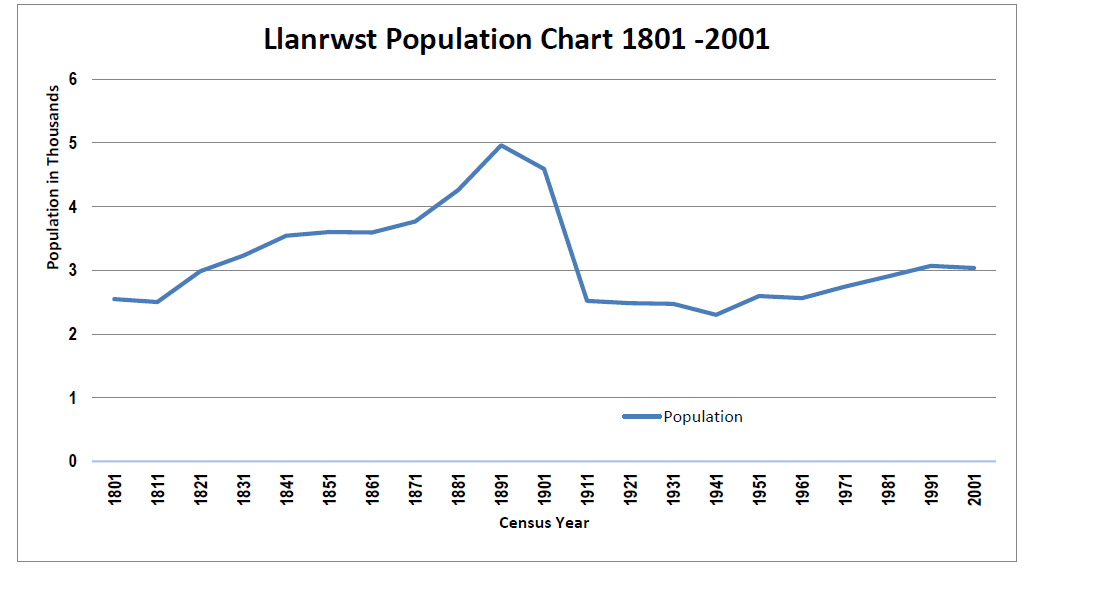|
Hobbit (unit)
The hobbit (also hobbett, hobbet, or hobed, from cy, hobaid) is a unit of volume or weight formerly used in Wales for trade in grain and other staples. It was equal to two and a half bushels, but was also often used as a unit of weight, which varied depending on the material being measured. The hobbit remained in customary use in markets in northern Wales after Parliament standardized the Winchester bushel as the unit of measure for grain, after which courts gave inconsistent rulings as to its legal status. Usage The hobbit was defined as a measure of volume, two and a half imperial bushels, but in practice it was often used as a unit of weight for specific goods. According to George Richard Everitt, Inspector of Corn Returns for Denbigh in northern Wales, when examined by the House of Commons in 1888, grains were sold by the hobbit, measured by weight. A hobbit of oats weighed , a hobbit of barley , and a hobbit of wheat . The figures in hobbits were then converted to standa ... [...More Info...] [...Related Items...] OR: [Wikipedia] [Google] [Baidu] |
Wales
Wales ( cy, Cymru ) is a Countries of the United Kingdom, country that is part of the United Kingdom. It is bordered by England to the Wales–England border, east, the Irish Sea to the north and west, the Celtic Sea to the south west and the Bristol Channel to the south. It had a population in 2021 of 3,107,500 and has a total area of . Wales has over of coastline and is largely mountainous with its higher peaks in the north and central areas, including Snowdon (), its highest summit. The country lies within the Temperateness, north temperate zone and has a changeable, maritime climate. The capital and largest city is Cardiff. Welsh national identity emerged among the Celtic Britons after the Roman withdrawal from Britain in the 5th century, and Wales was formed as a Kingdom of Wales, kingdom under Gruffydd ap Llywelyn in 1055. Wales is regarded as one of the Celtic nations. The Conquest of Wales by Edward I, conquest of Wales by Edward I of England was completed by 1283, th ... [...More Info...] [...Related Items...] OR: [Wikipedia] [Google] [Baidu] |
Caernarvonshire
, HQ= County Hall, Caernarfon , Map= , Image= Flag , Motto= Cadernid Gwynedd (The strength of Gwynedd) , year_start= , Arms= ''Coat of arms of Caernarvonshire County Council'' , Code= CAE , CodeName= Chapman code , Government= Carnarvonshire County Council (1889 - 1926)Caernarvonshire County Council (1926-1974) , PopulationFirst= 66,448Vision of Britain 1831 Census/ref> , PopulationFirstYear= 1831 , AreaFirst= , AreaFirstYear= 1831 , DensityFirst= 0.2/acre , DensityFirstYear= 1831 , PopulationSecond= 125,043 , PopulationSecondYear= 1911 , AreaSecond= , AreaSecondYear= 1911 , DensitySecond= 0.3/acre , DensitySecondYear= 1911 , PopulationLast= 121,767 , PopulationLastYear= 1961 , AreaLast= , AreaLastYear= 1 ... [...More Info...] [...Related Items...] OR: [Wikipedia] [Google] [Baidu] |
Units Of Volume
A unit of volume is a unit of measurement for measuring volume or capacity, the extent of an object or space in three dimensions. Units of capacity may be used to specify the volume of fluids or bulk goods, for example water, rice, sugar, grain or flour. Units According to the SI system, the base unit for measuring length is the metre. The SI unit of volume is thus the cubic metre, which is a derived unit, where: at nist.gov. Retrieved 29 June 2022. 1 m3 = 1 m • 1 m • 1 m. Comparison Forestry and timber industry British Commonwealth * Hoppus, cubic foot measure used in the Briti ...[...More Info...] [...Related Items...] OR: [Wikipedia] [Google] [Baidu] |
Court Of King's Bench (England)
The Court of King's Bench, formally known as The Court of the King Before the King Himself, was a court of common law in the English legal system. Created in the late 12th to early 13th century from the '' curia regis'', the King's Bench initially followed the monarch on his travels. The King's Bench finally joined the Court of Common Pleas and Exchequer of Pleas in Westminster Hall in 1318, making its last travels in 1421. The King's Bench was merged into the High Court of Justice by the Supreme Court of Judicature Act 1873, after which point the King's Bench was a division within the High Court. The King's Bench was staffed by one Chief Justice (now the Lord Chief Justice of England and Wales) and usually three Puisne Justices. In the 15th and 16th centuries, the King's Bench's jurisdiction and caseload was significantly challenged by the rise of the Court of Chancery and equitable doctrines as one of the two principal common law courts along with the Common Pleas. To re ... [...More Info...] [...Related Items...] OR: [Wikipedia] [Google] [Baidu] |
Assizes
The courts of assize, or assizes (), were periodic courts held around England and Wales until 1972, when together with the quarter sessions they were abolished by the Courts Act 1971 and replaced by a single permanent Crown Court. The assizes exercised both civil and criminal jurisdiction, though most of their work was on the criminal side. The assizes heard the most serious cases, which were committed to it by the quarter sessions (local county courts held four times per year), while the more minor offences were dealt with summarily by justices of the peace in petty sessions (also known as magistrates' courts). The word ''assize'' refers to the sittings or sessions (Old French ''assises'') of the judges, known as "justices of assize", who were judges who travelled across the seven circuits of England and Wales on commissions of " oyer and terminer", setting up court and summoning juries at the various assize towns. Etymology Middle English < |
Malt
Malt is germinated cereal grain that has been dried in a process known as " malting". The grain is made to germinate by soaking in water and is then halted from germinating further by drying with hot air. Malted grain is used to make beer, whisky, malted milk, malt vinegar, confections such as Maltesers and Whoppers, flavored drinks such as Horlicks, Ovaltine, and Milo, and some baked goods, such as malt loaf, bagels, and Rich Tea biscuits. Malted grain that has been ground into a coarse meal is known as "sweet meal". Malting grain develops the enzymes (α-amylase, β-amylase) required for modifying the grains' starches into various types of sugar, including monosaccharide glucose, disaccharide maltose, trisaccharide maltotriose, and higher sugars called maltodextrines. It also develops other enzymes, such as proteases, that break down the proteins in the grain into forms that can be used by yeast. The point at which the malting process is stopped affects th ... [...More Info...] [...Related Items...] OR: [Wikipedia] [Google] [Baidu] |
Peck
A peck is an imperial and United States customary unit of dry volume, equivalent to 2 dry gallons or 8 dry quarts or 16 dry pints. An imperial peck is equivalent to 9.09 liters and a US customary peck is equivalent to 8.81 liters. Two pecks make a kenning (obsolete), and four pecks make a bushel. Although the peck is no longer widely used, some produce, such as apples, are still often sold by the peck in the U.S. (although it is obsolete in the UK, found only in the old nursery rhyme " Peter Piper" and in the Bible – e.g., Matthew 5:15 in some older translations). Scotland before 1824 In Scotland, the peck was used as a dry measure until the introduction of imperial units as a result of the Weights and Measures Act of 1824. The peck was equal to about 9 litres (1.98 Imp gal) (in the case of certain crops, such as wheat, peas, beans and meal) and about 13 litres (2.86 Imp gal) (in the case of barley, oats and malt). A firlot was equal to 4 pecks. Conversions See also ... [...More Info...] [...Related Items...] OR: [Wikipedia] [Google] [Baidu] |
Shilling (United Kingdom)
The United Kingdom, British shilling, abbreviated "1/-", was a unit of currency and a denomination of Coins of the United Kingdom, sterling coinage worth of one Pound (currency), pound, or twelve Penny (British pre-decimal coin), pence. It was first minted in the reign of Henry VII of England, Henry VII as the testoon, and became known as the shilling, from the Old English , sometime in the mid-16th century. It circulated until 1990. The word ''bob'' was sometimes used for a monetary value of several shillings, e.g. "ten-bob note". Following Decimal Day, decimalisation on 15 February 1971 the coin had a value of Five pence (British coin), five new pence, and a new coin of the same value but labelled as "five new pence" or "five pence" was minted with the same size as the shilling until 1990, after which the shilling no longer remained legal tender. It was made from silver from its introduction in or around 1503 until 1946, and thereafter in cupronickel. Before Decimal Day in 1971, ... [...More Info...] [...Related Items...] OR: [Wikipedia] [Google] [Baidu] |
Llanrwst
Llanrwst ('church or parish of Saint Grwst'; ) is a market town and community on the A470 road and the River Conwy, in Conwy County Borough, Wales, and the historic county of Denbighshire. It developed round the wool trade and became known also for the making of harps and clocks. Today, less than a mile from the edge of Snowdonia, its main pursuit is tourism. Notable buildings include almshouses, two 17th-century chapels, and the Parish Church of St Grwst, which holds a stone coffin of Llywelyn the Great. The 2011 census gave it a population of 3,323. History The site of the original church dedicated to St Grwst was Cae Llan in Llanrwst (land now occupied by the Seion Methodist Chapel). The current church of St Grwst is on land which was donated in about 1170 by Rhun ap Nefydd Hardd, a member of the royal family of the Kingdom of Gwynedd, specifically to build a new church so dedicated. Llanrwst developed around the wool trade, and for a long time the price of wool ... [...More Info...] [...Related Items...] OR: [Wikipedia] [Google] [Baidu] |
Weights And Measures Act
A weights and measures act is a kind of legislative act found in many jurisdictions establishing technical standards for weights and measures. Notable acts of this type include: * Various Weights and Measures Acts (UK) or the various legislative acts preceding them in England, Wales and Scotland * 1985 c. W-6, the Weights and Measures Act, in Canada * Act №XXXI of 1871, the Act to Regulate the Weights and Measures of Capacity of British India * Act №8 of 1936, the Irish Weights and Measures Act * The Weights and Measures Act 1972, in Malaysia The Weights and Measures Acts may refer to: * The Weights and Measures Acts of the United Kingdom, particularly the Weights and Measures Acts of 1878 to 1893 * The Weights and Measures Acts of Ireland, from 1878 to 1936 * The Weights and Measures Acts of India, from 1871 to 1889 * The Weights and Measures Act 1987 of New Zealand Weights and measures acts may also refer to similar legislation in other countries. In ... [...More Info...] [...Related Items...] OR: [Wikipedia] [Google] [Baidu] |
Pwllheli
Pwllheli () is a market town and community of the Llŷn Peninsula ( cy, Penrhyn Llŷn) in Gwynedd, north-western Wales. It had a population of 4,076 in 2011 of whom a large proportion, 81%, are Welsh speaking. Pwllheli is the place where Plaid Cymru was founded. It is the birthplace of the Welsh poet Sir Albert Evans-Jones ( bardic name ''Cynan''). Pwllheli has a range of shops and other services. As a local railhead with a market every Wednesday, the town is a gathering point for the population of the whole peninsula. Etymology The town's name means ''salt water basin''. History The town was given its charter as a borough by Edward, the Black Prince, in 1355, and a market is still held each Wednesday in the centre of the town on 'Y Maes' (="the field" or "the town square" in English). The town grew around the shipbuilding and fishing industries, and the granite quarry at Gimlet Rock ( cy, Carreg yr Imbill). The population in 1841 was 2,367. During the 1890s, the town wa ... [...More Info...] [...Related Items...] OR: [Wikipedia] [Google] [Baidu] |





_NLW3363760.jpg)